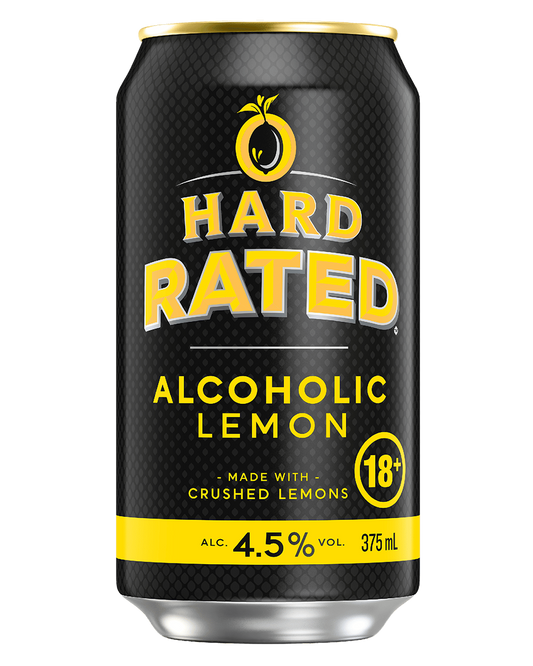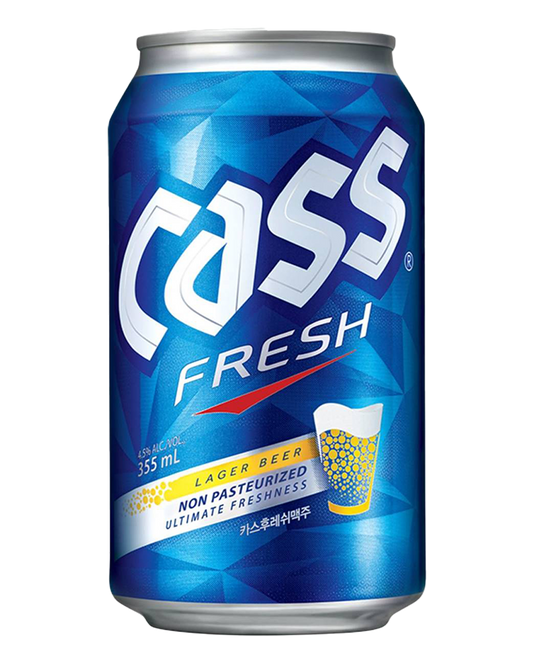We hear you; the world of red wine can be a little daunting, particularly for beginners. But the good news is it doesn’t have to be intimidating, and once you learn the basics, you’ll be off exploring different drops from the best winemakers and regions. To help you get a grip on the basics we’ve put together this handy little guide to red wine – give it a read and you’ll be feeling more confident in no time!
So, what is red wine?
Let’s start with the absolute basics… Red wine is an alcoholic beverage made when pressed grape juice is fermented with dark-skinned grapes. Put simply, the alcohol comes from yeast converting grape sugar into ethanol and carbon dioxide and the red colour comes from the maceration and fermentation of dark grape skins.
What is the difference between light-bodied, medium-bodied and full-bodied wine?
Still with us? One of the best ways to differentiate red wines (and ultimately help you find your dream drop) is knowing about ‘wine body’. Wine body basically describes how a wine feels in your mouth and takes into consideration alcohol level, grape variety, oak aging, climate type and residual sugar.
There are three primary categories of wine body; light-bodied red wine, medium-bodied red wine and full-bodied red wine. Let’s take a quick look at each of them in a bit more detail…
Light-bodied red wine
Light-bodied red wines are generally characterised by their slightly lower alcohol content (typically lower than 12.5%), refreshing feel and bright red fruit flavours. Light-bodied red wines are great to drink all year round, even in summer, and are a good gateway into the world of red wine. The most popular light-body red variety is Pinot Noir. Other styles include Lambrusco, Beaujolais and St. Laurent.
Medium-bodied red wine
Medium-bodied red wines are the most common and are generally characterised by an alcohol content of between 12.5% and 13.5%.
Medium-bodied red wines aren’t too bold but at the same time aren’t too light, in essence they are just right! Medium-bodied red wines are a great choice for dinner parties as they go with a wide variety of foods. Common styles of medium-bodied red wines include; Grenache, Tempranillo and Merlot.
Full-bodied red wine
Full-bodied red wines generally have an alcohol content of more than 13.5%, are richer, have more complex flavour profiles of oak and fruit, and almost feel like they have a bit more weight on the palette. Full-bodied reds are a great winter drink and go well with rich foods. Common full-bodied red wine styles include; Cabernet Sauvignon, Malbec and Shiraz
What are the best red wine regions?
Temperature, altitude and soil composition all impact how a red wine will taste. That’s why location is important to consider when picking a red wine. Some of the most famous red wine regions from around the world include; Tuscany in Italy, Willamette Valley in the United States, Bordeaux in France, Mendoza in Argentina and Colchagua Valley in Chile.
We’re also incredibly lucky to have some cracking, and world-renowned wine regions in Australia. Standout Australian red wine regions include the Barossa Valley, McLaren Vale and Adelaide Hills in South Australia, Margaret River in Western Australia and the Hunter Valley in New South Wales.
So put simply, if you see one of these names on a bottle of red, you are on the right track!
Pairing red wine with food
Let’s cut through the snootiness here, you’ve probably seen articles with the millions of steps required to pair your red wine with your food. In reality you aren’t going to die if you mix the ‘wrong’ wine with the ‘wrong’ food – Hell, you’ll probably end up enjoying it just the same! So, the moral of the story here is don’t get too caught up on the nuances of wine pairing, but if you would like a little bit of guidance, here are a few tried and tested red wine food pairings.
Best red wine to pair with steak
The best red wine to pair with steak is a Cabernet due it’s high acidity content that cuts through the delicious fatty flavours and provides a nice tanginess. A close runner up for steak is the Shiraz which is more robust and goes particularly well with the fattier cuts of steak like ribeye.
Best red wine to pair with lamb
If you are serving cutlets or pink lamb the best red wine is Pinot Noir because it won’t overpower the supple flavours of these cuts. If you are serving a roast lamb the best red wine is Cabernet Sauvignon which will give it an exciting additional flavour dimension.
Best red wine to pair with chicken
Red wine is best served with chicken when the chicken has been roasted and features earthy flavours of root vegetables, mushrooms and the like. In this instance reach for the Merlot or a Pinot Noir.
Best red wine to pair with fish
Red wine goes best with fattier, cold-water fish like Tuna and Salmon. For the best experience choose a Merlot or Pinot Noir as the freshness will complement the texture and aroma of the fish.
Best red wine to pair with spicy food
The best red wine for spicy food would be a Pinot Noir or any light-bodied variety.
Basically, you want something that is fruity and doesn’t have the high level of oak and tannin often associated with full-bodied varieties. Our top tip is to make sure your red is slightly chilled when serving with spicy food.
Best rest wine to pair with cheese
Hard or soft? The best red wine for hard cheeses like Manchego and Cheddar are medium-bodied red wines like Grenache, Tempranillo and Merlot. Going soft? The best red wine for soft cheeses like Camembert and Brie are lighter-bodied fruity styles like Pinot Noir.
What temperature should I drink red wine?
Now briefly cast your mind back to wine body, a full-bodied red like a Cabernet Sauvignon or Shiraz is best served between 16 and 18 degrees while a lighter bodied red like pinot noir can be drunk as low as 12 degrees.
What is the best red wine for beginners?
We suggest starting with a simpler, lighter-bodied red wine like a Pinot Noir and then moving on to more complex reds once your wine palate develops.
How long can you keep an opened bottle of red wine?
Just in case you are well behaved and can open a delicious bottle of red wine and not finish it in one sitting (we know we can’t), a bottle of opened red wine can usually be kept for 3-5 days. To prolong it for as long as possible store it in a cool dark place with a cork or cap on.
I’ve still got a question about red wine?
Pop over to one of our social accounts and send us a message – Our team of red wine experts will get back to you as soon as possible.





